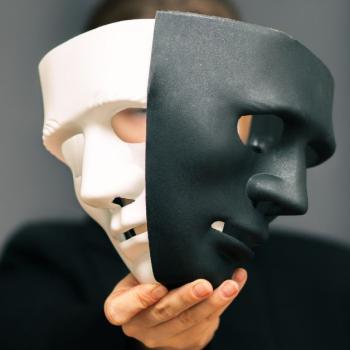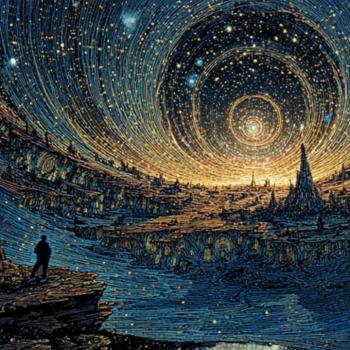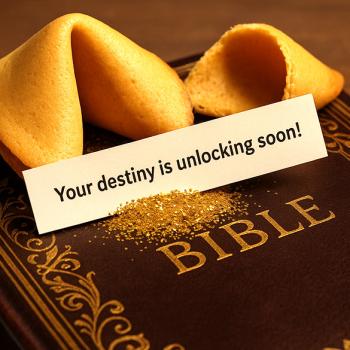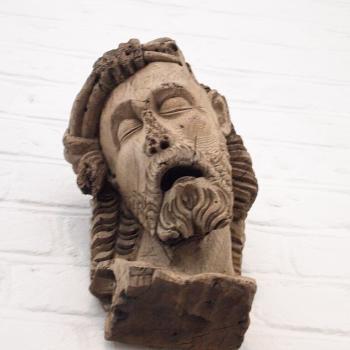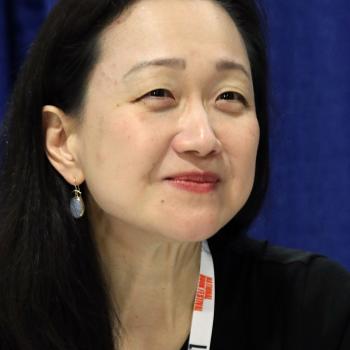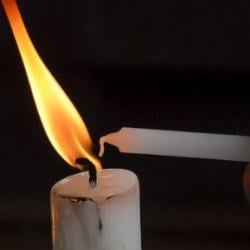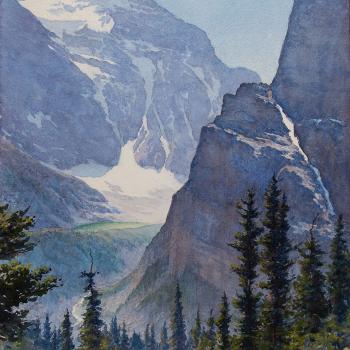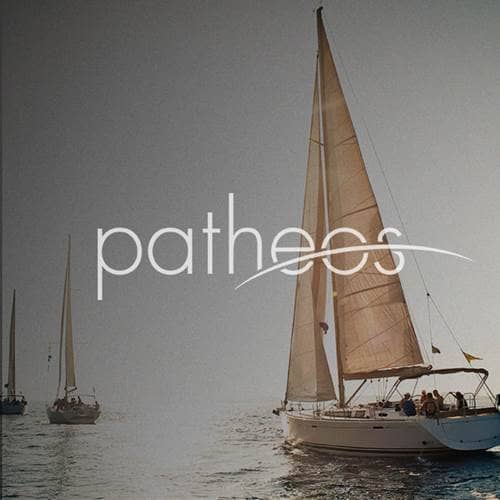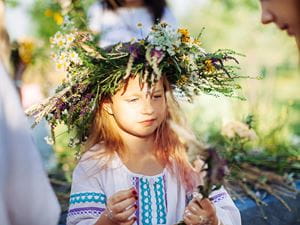
Because “Paganism” is an umbrella term for a wide variety of new religious movements, it is difficult to describe holidays or festivals that each share. Some may build on ancient religious traditions in contemporary ways, and these may use celebrations described in earlier cultures—Celtic, Norse, Greek, or German, among others. Others may identify as Wiccan, recreating a culture of witchcraft based on lore from diverse historical backgrounds. Still, others may fashion their own religious beliefs and expressions based on their personal understanding of the supernatural. Paganism has no uniform doctrine, creeds, dogmas, rituals, or practices. Personal freedom is an imperative of every Pagan expression.
Despite the diversity, most Pagans today recognize some form of what is called the “Wheel of the Year,” which is the cycle of holidays that move through the solar and seasonal changes of the earth. For them, each year’s circuit retells the sacred narrative around the divine, in whatever way that is recognized. The waxing and waning of the Sun’s course through the year—and the subsequent light, growth, life, and warmth that come and go—provide the scaffolding for the festivals which make up the Wheel of the Year.
The “Wheel” includes the eight major festivals observed by most Pagans. Wiccans call these festivals “Sabbats.” The eight festivals include four that are derived from ancient Celtic or western European traditions and four from transitional times in the seasons of the year. The four seasonal festivals include the two equinoxes (Spring and Fall) and two solstices (Summer and Winter). Among other things, these holidays recognize the shift in time and light and, thus, are considered solar-based holidays. The two equinoxes are points of stability, of equality between darkness and light; the two solstices are times of transition, of shifts from light to growing darkness or darkness to growing light.
The cycle of holidays alternates between one festival dedicated to solar-based events or seasonal holidays, and one festival dedicated to earth-centered events, represented by those festivals that draw on ancient traditions. Each of these is an opportunity to worship gods and goddesses, welcome the changes of nature, draw on spiritual powers, and practice healing magic. Many Pagans gather during these times of the year to practice these rituals communally.
These major festivals are opportunities for Pagans to recognize the essential unity between the spiritual and the physical, between the earth with its seasonal transitions and the supernatural. Many Pagans measure the festivals from sunset to sunset, and most of the rituals and their associated magic (or magick) are conducted at night. The Wheel of the Year begins on 1 November, so the first festival of the year is the Winter Solstice, or Yule (on or around December 21st).
In Wiccan circles, the other festivals in calendrical order include Imbolc (early February), Ostara (the Spring Equinox), Beltane (early May), Midsummer (the Summer Solstice), Lammas (early August), Mabon (the Fall Equinox), and Samhain (Halloween). Old Norse paganism, or Ásatrú, is sometimes called “heathenism,” and has its own calendar with eight major holidays. Though its calendar overlaps with the Wiccan festivals in places, Heathens may have some different names for their festivals and traditions of celebration..
Read more about Pagan’s diverse beliefs here.
Image Credit: Shutterstock.com
3/7/2023 10:48:32 PM
